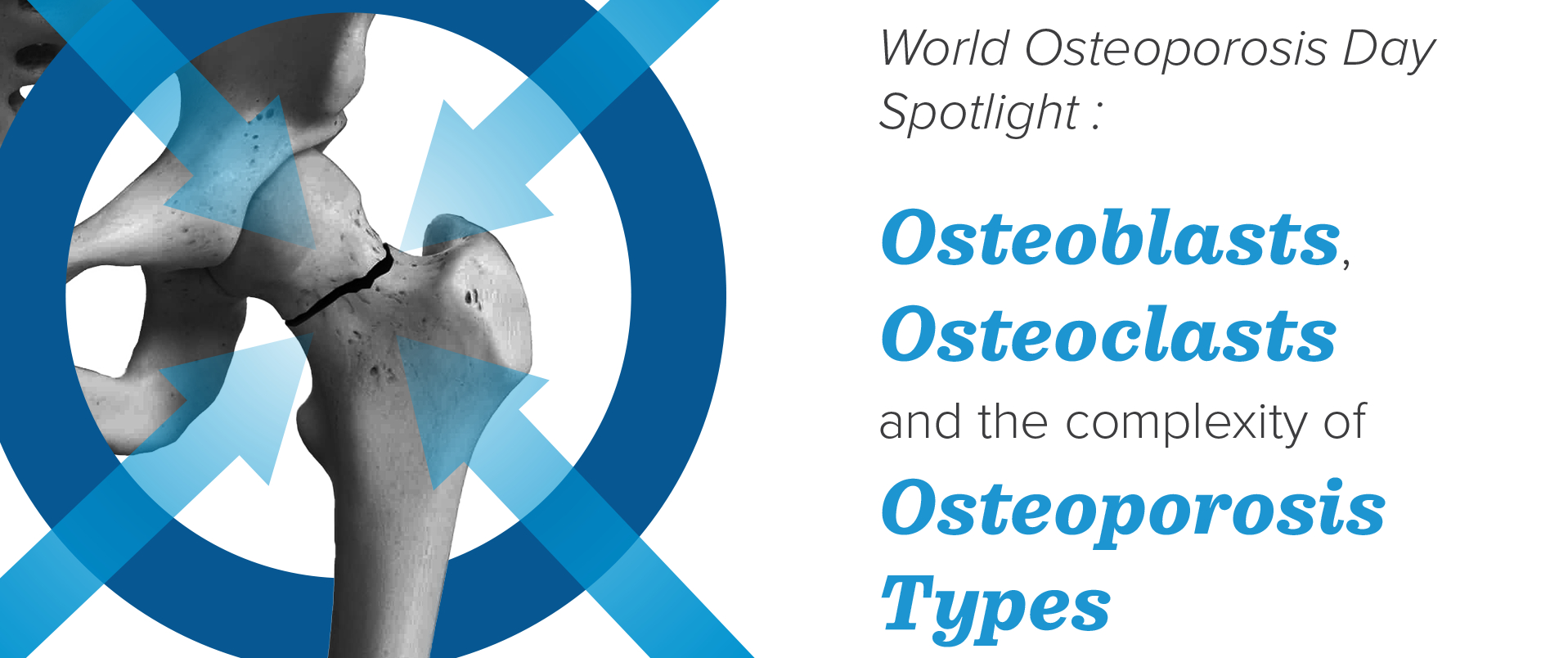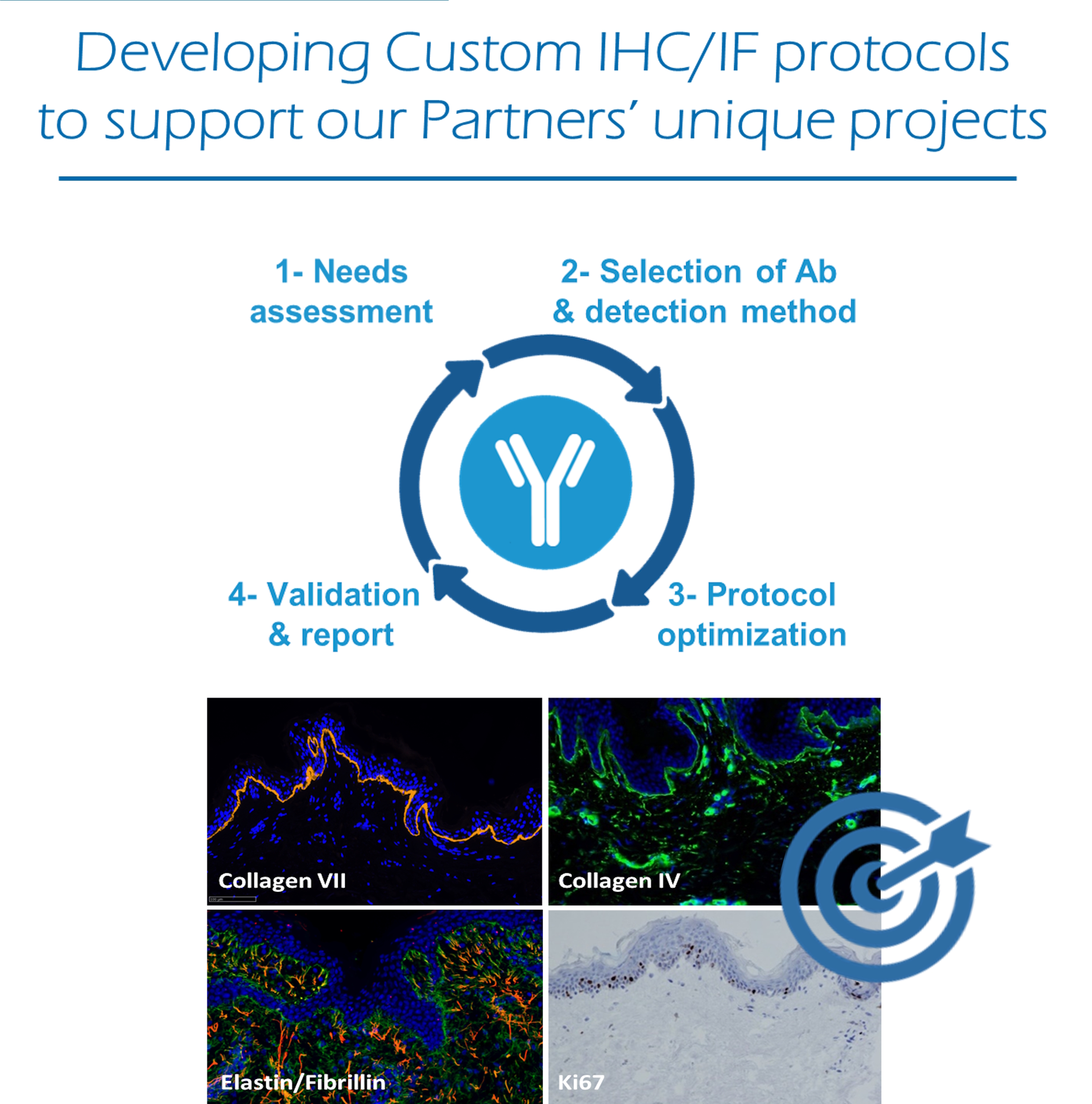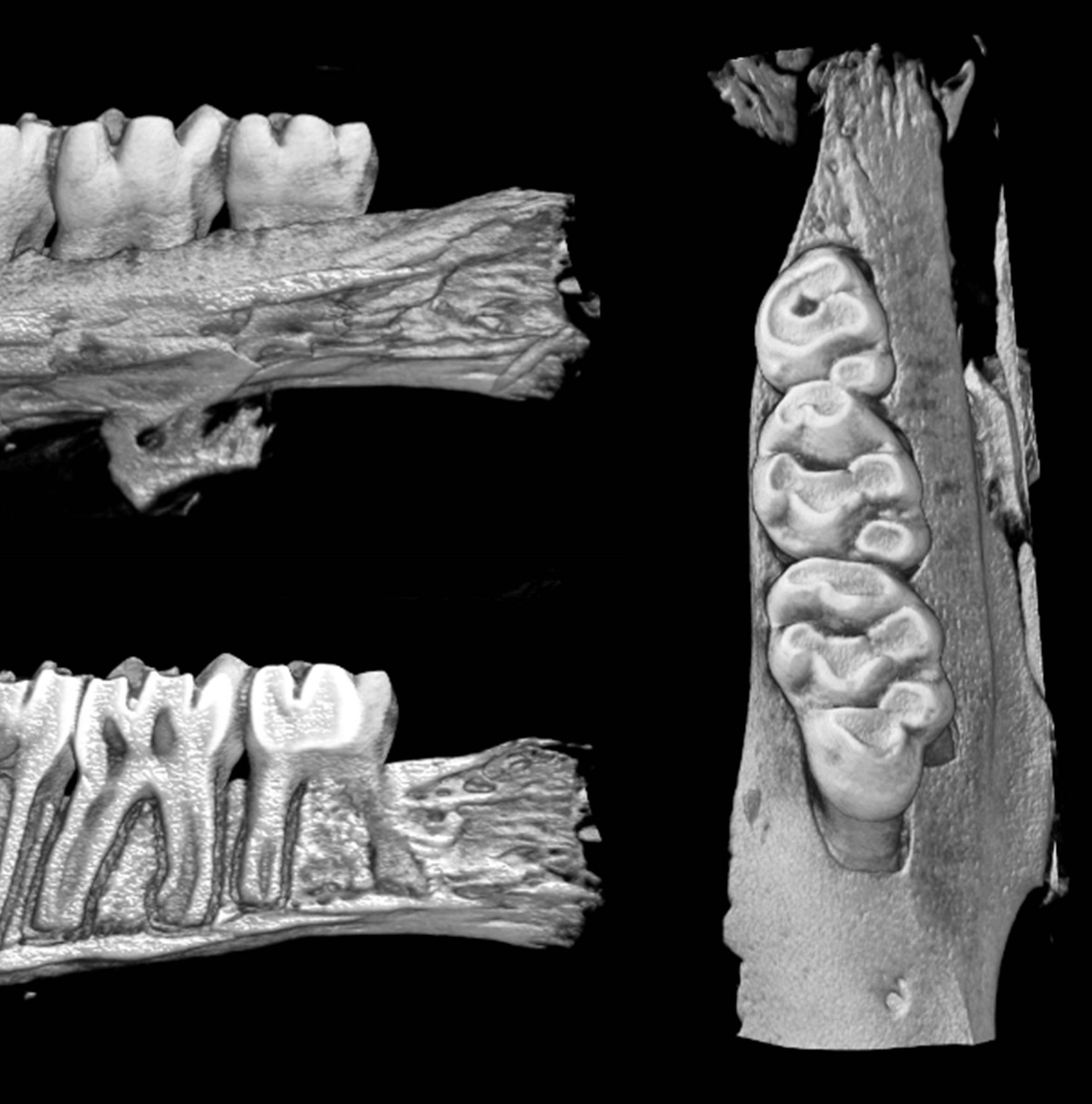This study was designed to compare the safety of two gadolinium chelates (GCs), used as contrast agents for magnetic resonance imaging, in juvenile rats. Juvenile rats received five intravenous administrations (between postnatal day [PND] 4 and 18) of gadoteric acid (macrocyclic ionic GC), gadodiamide (linear nonionic GC) or saline, and sacrificed at PND 25. Gadodiamide induced mortality, alopecia and hyperpigmentation of dorsal skin. Two gadodiamide-treated rats presented severe epidermal and dermal lesions. No abnormal signs were detected following administration of gadoteric acid. Higher tissue gadolinium concentrations were found in the gadodiamide group compared to the gadoteric acid group. Dissociation of gadodiamide was observed in skin and liver, with the presence of dissociated and soluble gadolinium. In conclusion, repeated administration of gadoteric acid was well tolerated by juvenile rats. In contrast, gadodiamide induced significant toxicity and more marked tissue gadolinium retention (at least partly in the dissociated and soluble form).
Keywords: Contrast agents; Gadolinium; Gadolinium chelates; Immaturity of renal function.; Juvenile toxicity; Safety.



